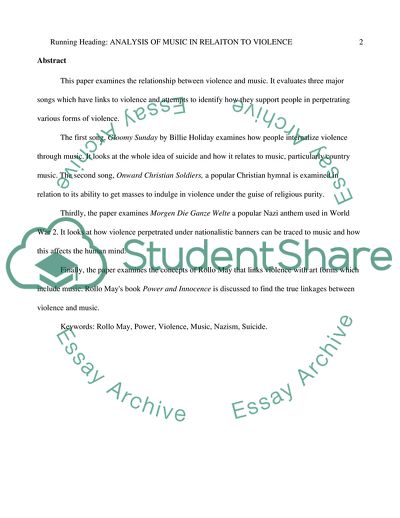Cite this document
(Music in Relation to Violence Case Study Example | Topics and Well Written Essays - 2750 words, n.d.)
Music in Relation to Violence Case Study Example | Topics and Well Written Essays - 2750 words. https://studentshare.org/psychology/1763557-the-relationship-between-music-and-violence
Music in Relation to Violence Case Study Example | Topics and Well Written Essays - 2750 words. https://studentshare.org/psychology/1763557-the-relationship-between-music-and-violence
(Music in Relation to Violence Case Study Example | Topics and Well Written Essays - 2750 Words)
Music in Relation to Violence Case Study Example | Topics and Well Written Essays - 2750 Words. https://studentshare.org/psychology/1763557-the-relationship-between-music-and-violence.
Music in Relation to Violence Case Study Example | Topics and Well Written Essays - 2750 Words. https://studentshare.org/psychology/1763557-the-relationship-between-music-and-violence.
“Music in Relation to Violence Case Study Example | Topics and Well Written Essays - 2750 Words”. https://studentshare.org/psychology/1763557-the-relationship-between-music-and-violence.


